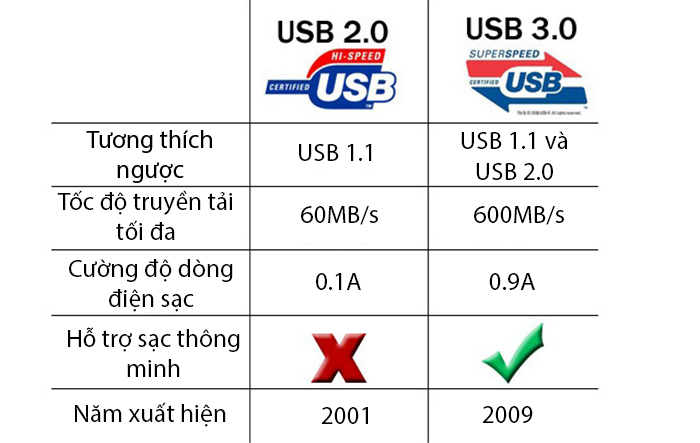What is USB 3.0 and USB 2.0?
USB (Universal Serial Bus) is a widely-used connection standard that enables direct connection to peripheral devices such as keyboards and mobile devices.
The main difference between USB 3.0 and USB 2.0 lies in their transfer rate and amperage. USB 3.0, introduced in 2009, offers speeds up to 10 times faster than USB 2.0.
Although USB 3.0 is backward compatible with USB 2.0, meaning you can connect a USB 3.0 device to a USB 2.0 port and use it normally, the speed will be limited. For optimal performance, both devices need to have USB 3.0 compatibility.

USB 2.0 and USB 3.0 port types
USB 2.0 and USB 3.0 are data transfer protocols, while MicroUSB refers to the connection type. They can be classified as follows:

How to distinguish USB 2.0 and 3.0 ports?
There are several common ways to easily differentiate between USB 2.0 and USB 3.0:
+ Look at the color of the USB port
Typically, USB 2.0 ports are black, while USB 3.0 ports are blue or colored according to the manufacturer’s design for uniformity. However, some designers may deviate from the standard color and use other colors such as red, green, or yellow to match their product’s overall design.
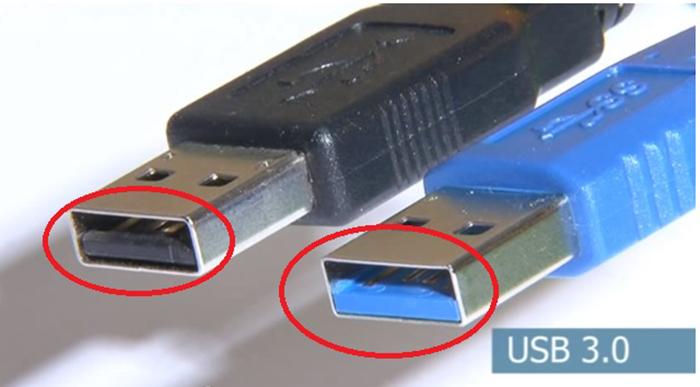
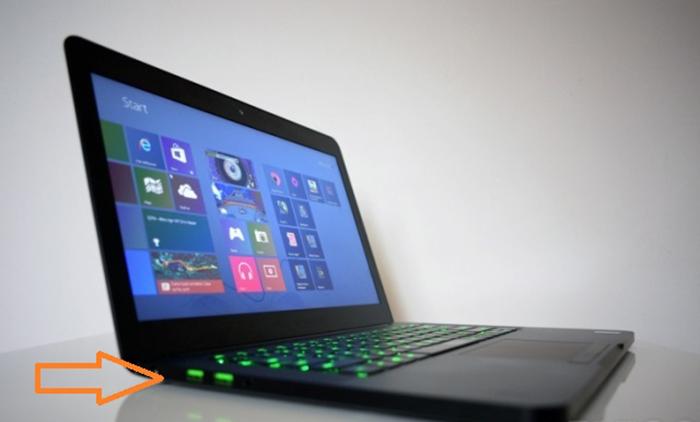
+ Notice the icon on the top of the cable/port
USB 3.0 cables or ports usually have the letters “SS” before the USB symbol, indicating “Super Speed.” In contrast, USB 2.0 only features the USB symbol without the additional “SS” label.
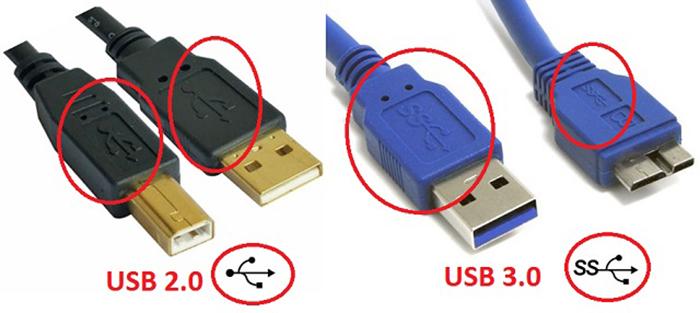
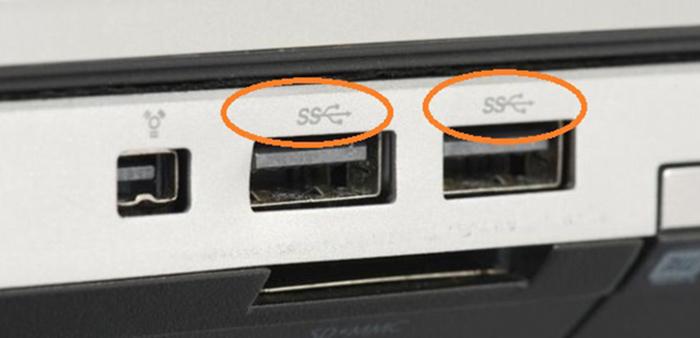
For more information, please visit

























